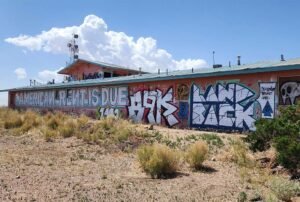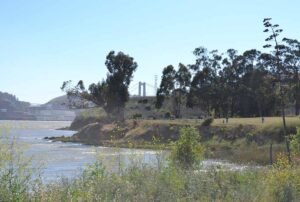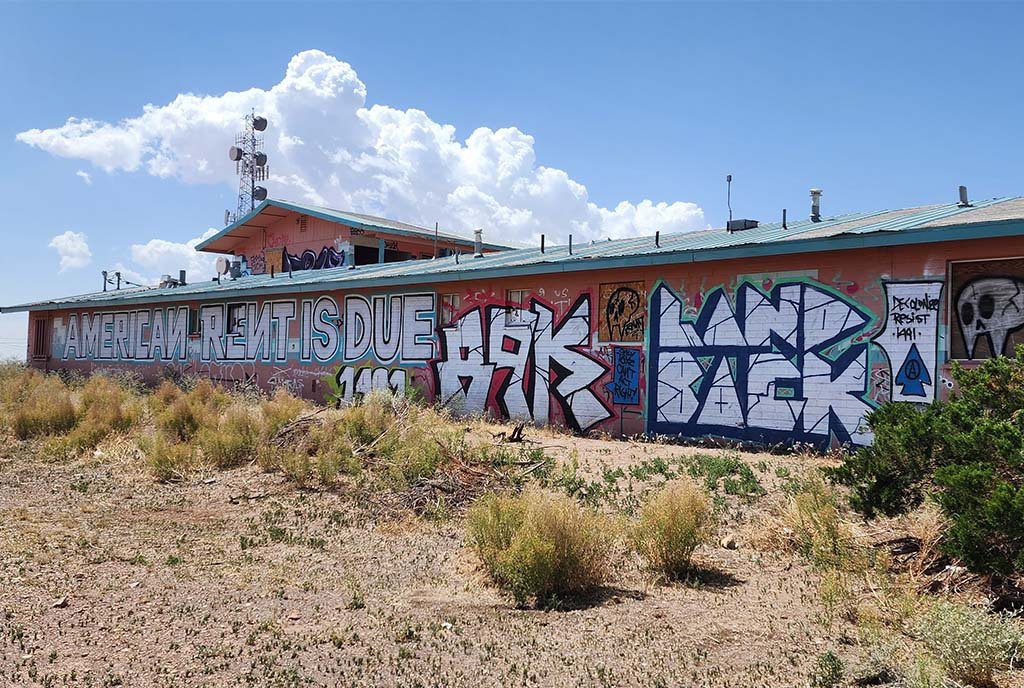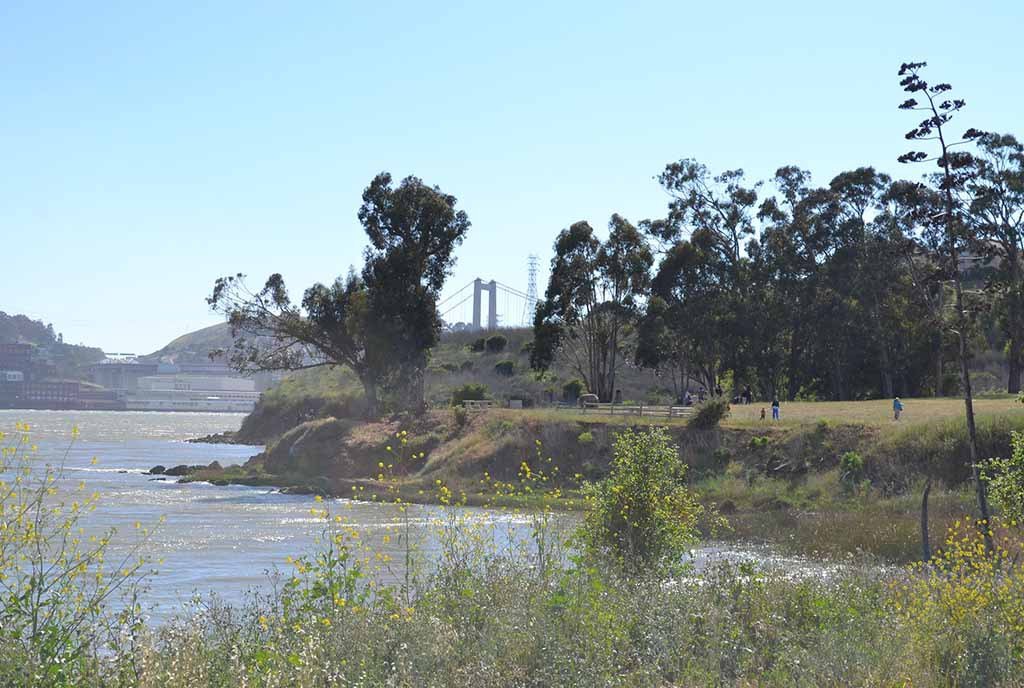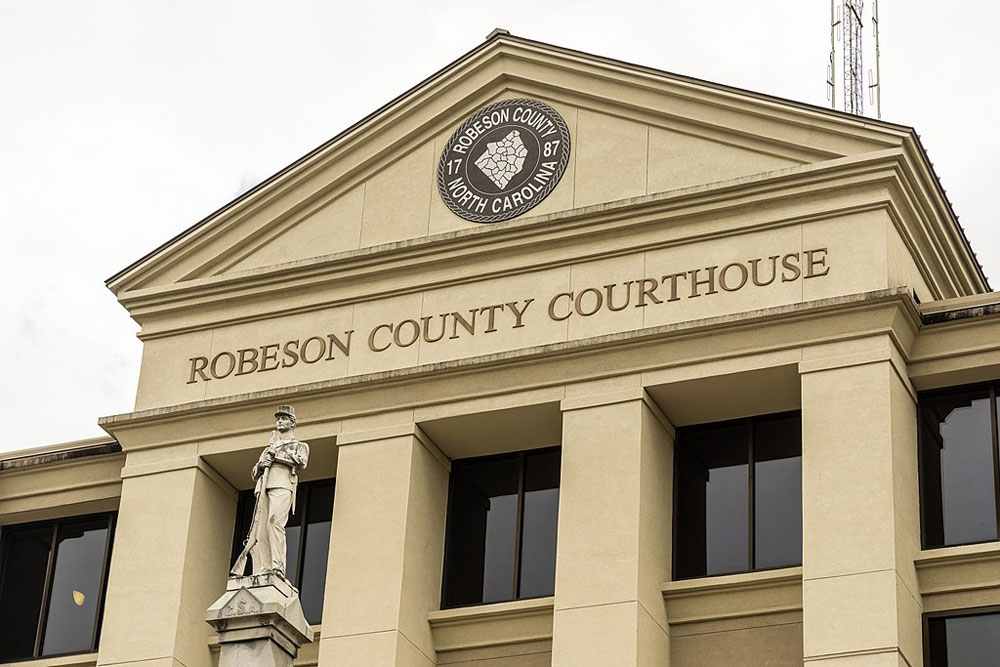
November 12, 2019; Raleigh News and Observer
By a 4–3 vote that reversed its earlier decision, the North Carolina Charter Schools Advisory Board (CSAB) has rejected a proposal to create a charter school focused on growing “indigenous leader practitioners” in the state’s poorest and the nation’s most ethnically diverse rural county.
NPQ has covered Robeson County before, when it was selected to serve as the guinea pig for the state’s Innovative School District, a new district created by Republican state lawmakers to take low-performing elementary schools away from local control and cede them to a “qualified” for-profit or nonprofit operator. Most recently, we chronicled the 100-year-plus unsuccessful effort of the Lumbee Tribe (the nation’s largest east of the Mississippi) to secure federal recognition, and the continuing poverty, substance abuse and crises of identity that this purgatory produces.
Last year, NPQ reported on another aspiring Indigenous charter school’s struggle. It took three tries for the new Sovereign Community School in Oklahoma City to get approved. But unlike Sovereign, it wasn’t “technical issues” that stymied the North Carolina Indigenous effort to secure state approval, but concerns about “Red Pedagogy,” an educational philosophy cited in the charter’s application to the state.
“Red Pedagogy” is the creation of Sandy Grande, a Connecticut College professor whose 2004 book, Red Pedagogy: Native American Social and Political Thought, called for a radical overhaul of the American education system to recognize the ongoing struggles of indigenous peoples to retain sovereignty and establish self-determination.
“Indian education was never simply the desire to ‘civilize’ or even deculturize a people,” Grande wrote, “but rather, from its very inception, it was a project designed to colonize Indian minds as a means of gaining access to Indian labor, land and resources.”
Such language did not sit well with Lindalyn Kakadelis, CSAB’s chair and longtime Director of Education Outreach for NC’s right-wing John Locke Foundation. Nor did Grande’s assertion that “the United States is a nation defined by its original sin: the genocide of American Indians—and everything afterwards [is] just another chapter in the fall from grace.” As Kakadelis observed at the Advisory Board meeting, “I did not find one thing in the book that talked about the greatness of America.”
“Now let me make it perfectly clear,” Kakadelis conceded, “America has sins. There are things I wish we had never done, slavery included…but we learned from them and we’re changed and we’re not what we used to be. I’ve got to say that everything I found [about Red Pedagogy] was divisive instead of bringing unity.”
Sign up for our free newsletters
Subscribe to NPQ's newsletters to have our top stories delivered directly to your inbox.
By signing up, you agree to our privacy policy and terms of use, and to receive messages from NPQ and our partners.
However, scrutinize the actual application of the aspiring charter, named Old Main STREAM Academy, and this particular construct of Red Pedagogy is not apparent. Rather, the application describes Red Pedagogy as instruction that “uses relevant placed-based indigenized concepts for teaching and learning and reflects the latest research concerning academic success for American Indians…crafted through the educational experiences of the founding members living as Indigenous people in Indigenous communities and among Indigenous people and educators who serve as role models.”
The school’s founders call for a K–8 school to serve 440 students in five years, 97 percent non-white and 100 percent economically disadvantaged, and to be anchored in a “STREAM” curriculum—not just science, technology, engineering, and math, but with an “R” for the “historical Lumber River that…can be leveraged as a community based asset which Indigenous students identify with to make connection between home and school.” The “A” provides for an “arts curriculum that cultivates creativity through traditional and contemporary forms of color.”
Education in the US often serves Native Americans poorly: American Indian and Alaska Native students score lower than nearly all other demographic groups on national tests, present the lowest high school graduation rate of any demographic group, and are more than twice as likely to be suspended. They are overrepresented in special education programs, and their trajectory for college and career readiness is dismal.
Native Americans make up 40 percent of Robeson County’s population, and its schools are clearly in trouble: 22 of the district’s 39 schools scored a “D” or an “F” on their annual grade card, one of 11 districts in the state ranked as low-performing. Local schools are being closed in response to a budget deficit that tops $2 million, the result of declining enrollments tied to the displacement of families from hurricanes Matthew and Florence and the steady erosion of a local economy formerly dependent on textiles and tobacco. Is an Indigenous-focused charter an answer?
The Native Charter Movement
Nationally, the number of charter schools primarily serving Native students has grown steadily since the 1990s, with 46 reported in 2017. Twenty-one of these schools, like the proposed Old Main STREAM Academy, are not on tribal lands but serve urban areas with large Native communities. Some of these charters have had good results. The Native American Community Academy (NCAC) in Albuquerque runs six charter schools devoted to Native students that incorporate their language, culture, and history into the curriculum and outperform many regular non-native schools with 90 percent of the 2016 graduating class accepted to college. Oklahoma City’s Sovereign Community School is part of the NACA network, and its founder believes that educational sovereignty is the next frontier of tribal sovereignty. Says Sovereign Community School’s founder, “We survived colonization and modernization and we’re still here. But the only way that I think we can talk about the future, our future as nations, is if we get really serious about how our kids are educated…if they don’t know anything about where they come from, or why they’re where they are now, they aren’t going to be prepared to lead us. The only thing they’ll be prepared to lead us into is, I think, the erasure of our culture.”
Perhaps the Old Main STREAM Academy will pursue charter school status with the state again and gain approval. North Carolina’s legislature loves charters, allocating more than $675 million to 196 schools this past year, a fourfold increase in 20 years.
But while North Carolina supports charters, it does not seem to support charters with the “wrong” educational philosophy. A cynic might suggest that all Old Main STREAM Academy needs to do is strike all mention of “Red Pedagogy” and educational sovereignty and its application might sail through. Of course, pedagogically, attention to indigenous culture and sovereignty is what is most likely to lead to greater Native American student self-confidence and resultant improved educational outcomes.—Debby Warren


